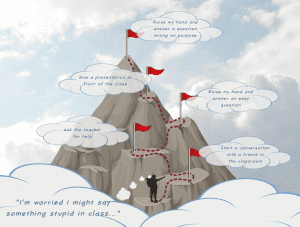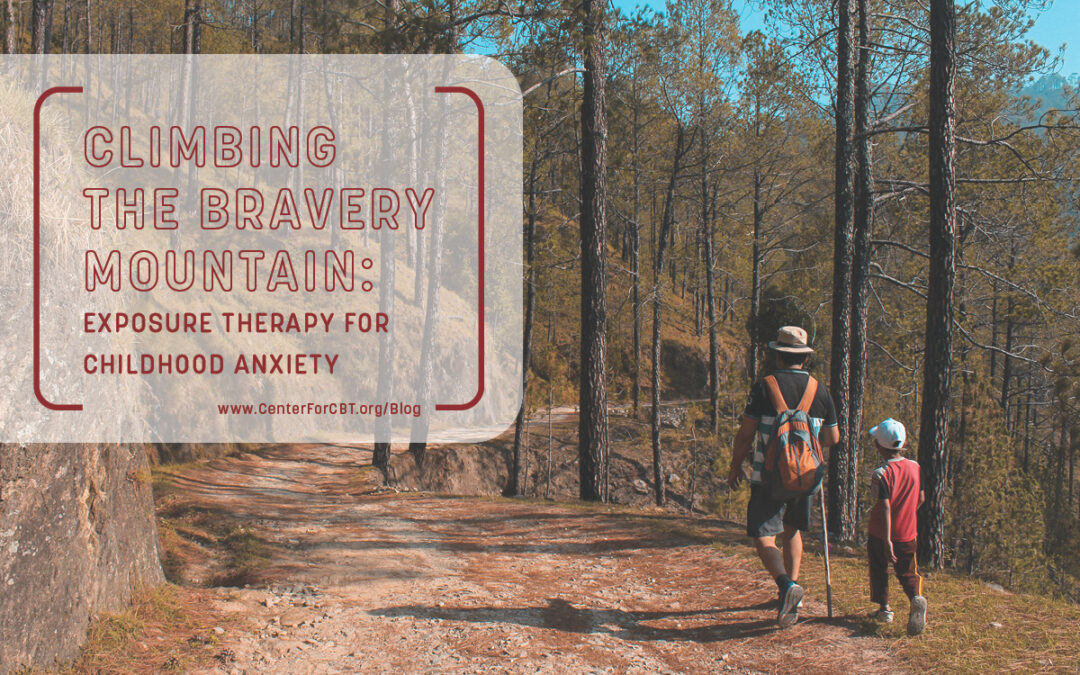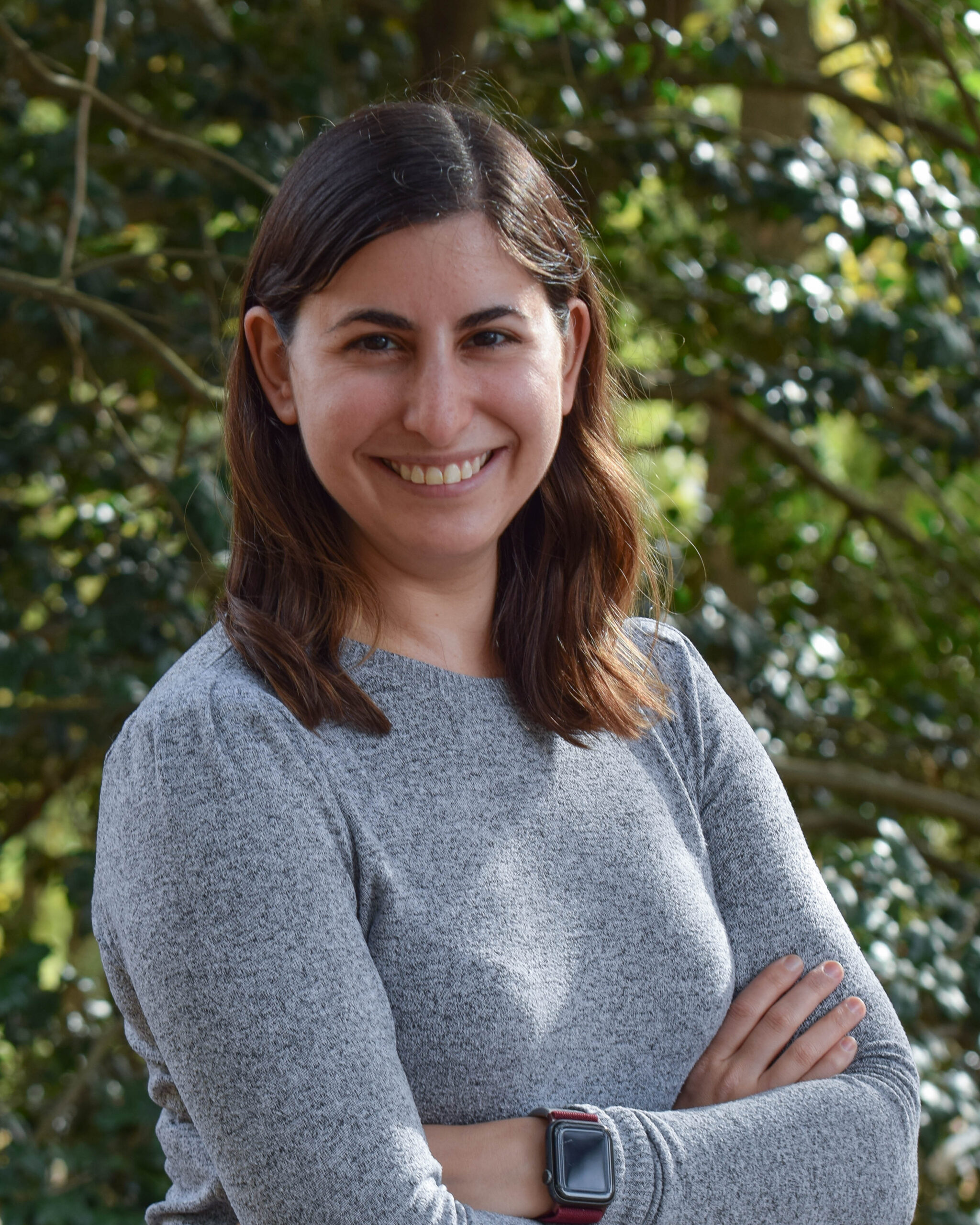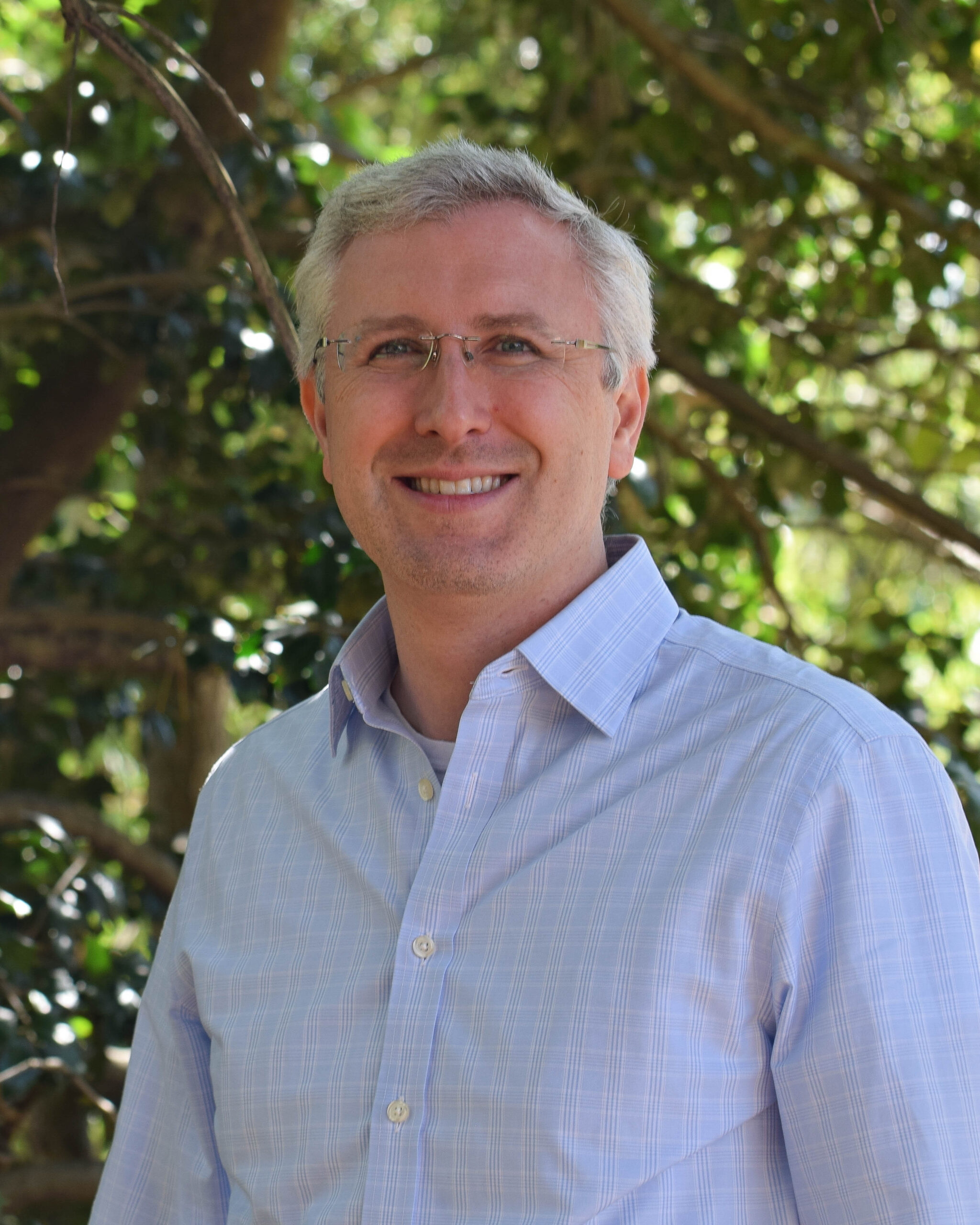Anxiety is something most of us will experience at some point in our lives— children included. What it looks like, why it exists, and why, for some people, it tends to stick around,are key points in understanding the impact that it has on daily life. Our previous article discusses childhood anxiety, so if you haven’t read it yet, consider taking a look at that one first. Here, we’ll dive into more details about anxiety treatment, what it looks like, and why it works.
Treating anxiety is a lot like climbing a mountain. From the bottom looking up, the mountain may appear huge and imposing, the peak barely visible and seemingly insurmountable. Those first few steps can be the most challenging, but as each leg of the journey gets completed, finishing the climb starts to feel less daunting. However, as is the case with all worthwhile endeavors, it is not without challenge. When it comes to anxiety treatment, your child must be prepared to face their fears — and that’s hard work. But with a solid anchor (parents, that’s you!) and a harness of support (a good therapist) your child can learn to overcome and manage their anxiety.
Approaching Exposure Therapy

At the beginning of therapy, the top of the mountain (in this model, answering a question wrong on purpose) may seem like an impossible goal to your child. That’s why we start with the easier tasks at the bottom of the mountain so that your child can tackle doable situations, which empowers them with the confidence to continue moving upwards and conquer more challenging fears.
Although the phrase exposure therapy sounds intimidating, it’s critical to remember that this treatment is always done with the child’s permission. We will never force your child to do something they don’t want to do. Instead, we work with your child to come up with exposures that are challenging, yet manageable. We build engagement by starting with lower-level checkpoints to foster confidence and success. With each step, we discuss with your child how anxiety is currently hindering them from living their life, and of course, reminding them that treatment works. When designing exposures, it’s critical to remember that there is no cookie-cutter list of exposures. When done well, the exposure hierarchy is carefully crafted by the clinician with the input of the child and parents. Facing your fears is an example of short-term discomfort in the service of long-term benefit. And it is well worth the effort!
Exposures are typically conducted in-session first, which builds confidence and sets the stage for real-life practice. Some of those practices might be natural, like answering an easy question in class. Others may be more contrived if situations don’t present themselves naturally, such as giving a 3-minute presentation in front of a few teachers in the staff lounge. Practicing exposures between sessions is one of the key components to success, so it’s important to encourage your child to accomplish these milestones with friends and family outside of therapy.
Treatment Goals
When people are afraid or anxious of something, they tend to avoid the source of that anxiety. Although this helps reduce feelings of anxiety in the short-term, it can make anxiety worse in the long-term. Exposure therapy works to break this cycle of anxiety and avoidance in a few ways:
- Gradually decreasing fear. As children face their fears, they may find that their anxiety actually decreases with increased exposures. It’s like getting into a cold swimming pool— when you stand on the first step, your feet may feel cold initially. However, your feet will eventually get used to the temperature. Once you start to feel comfortable, you can move to the next step, and then the one after that, and before you know it, you’ll be swimming.
- Developing more accurate beliefs. When children face, rather than avoid, the situation or object that is making them feel anxious, they will have the opportunity to develop new beliefs and expectations. For example, once your child stops avoiding participation and raises their hand in class, they will learn through real life experience that it’s unlikely that people will laugh when they speak. Avoidance can make a situation loom larger in a child’s mind than it really is, and it’s only when they begin to face their fear that they can learn new (and more accurate) ways of thinking about it.
- Building confidence. When a child avoids something anxiety provoking, they may have doubts about their ability to face those difficult situations. The gradual nature of exposure therapy helps build confidence and a sense of self-efficacy, which teaches your child that they are capable of confronting their fears and managing their anxiety as it occurs.
Help Your Child Find Their Confidence
There is no doubt that anxiety is a significant challenge to overcome, and a particularly difficult one at that. The good news, though, is that there is a lot of research to show the effectiveness of exposure therapy. The key to a successful treatment experience is finding the right clinician for you and your child. The ideal balance is someone who is sensitive and supportive— yet still pushes your child to face their fears. Your therapist’s ability to empathize and inform based on your unique situation makes all the difference in treatment. The goal is to encourage your child to face their fears and foster confidence within them so that they can find a way to climb their bravery mountain and proudly stand at its apex.



